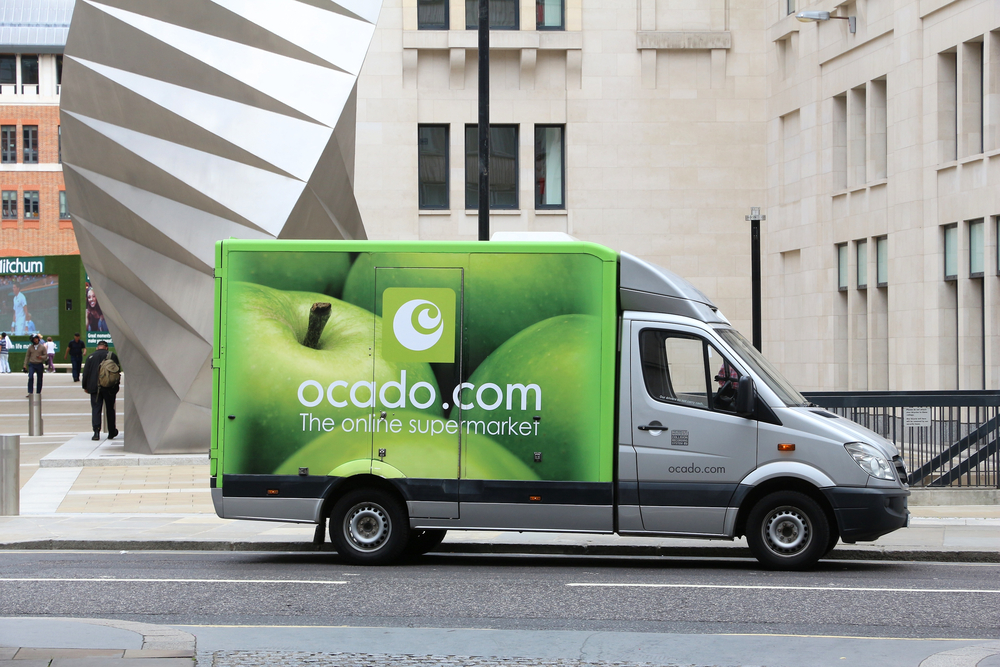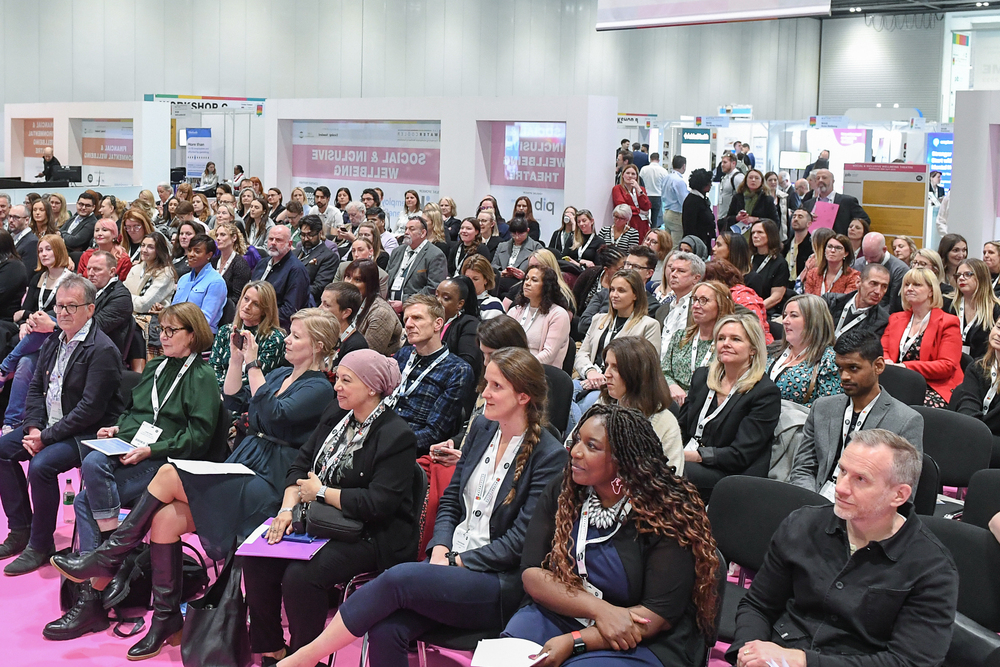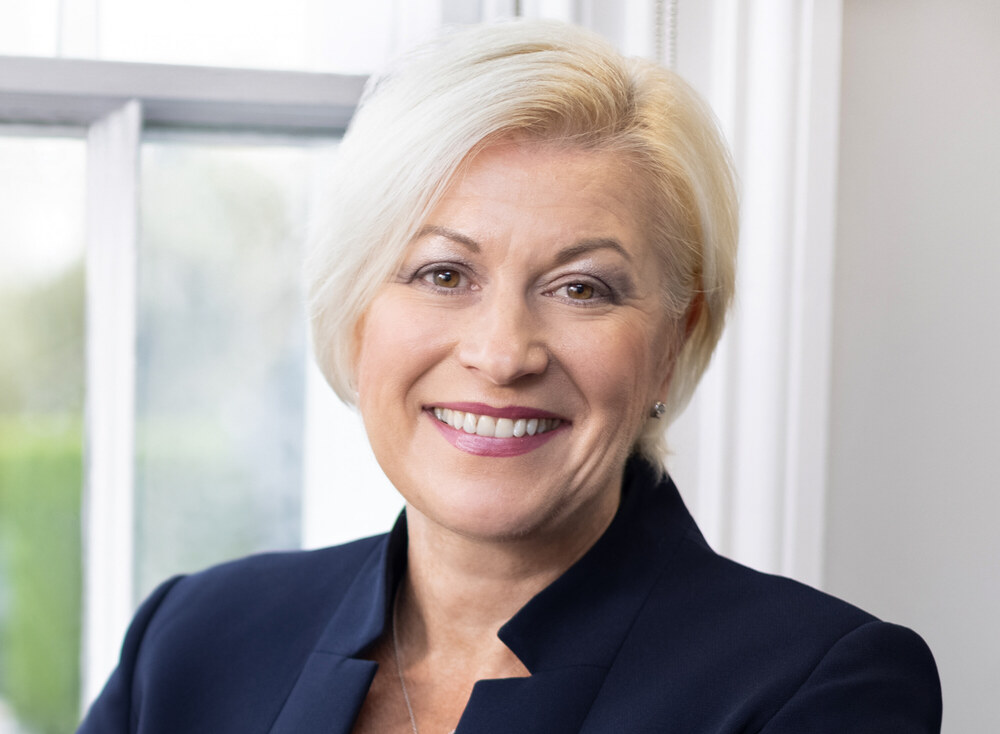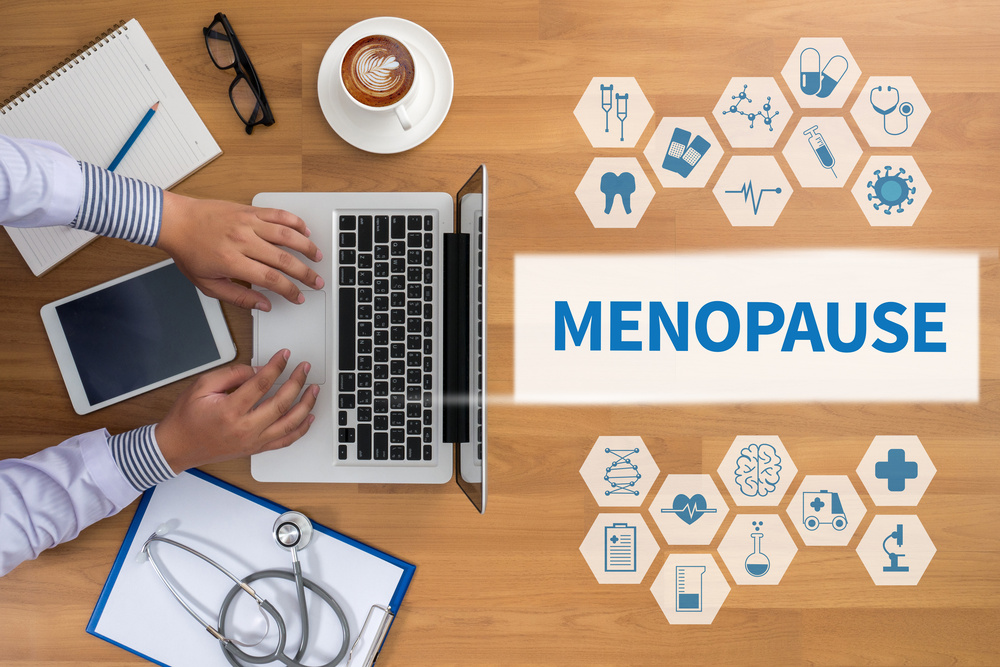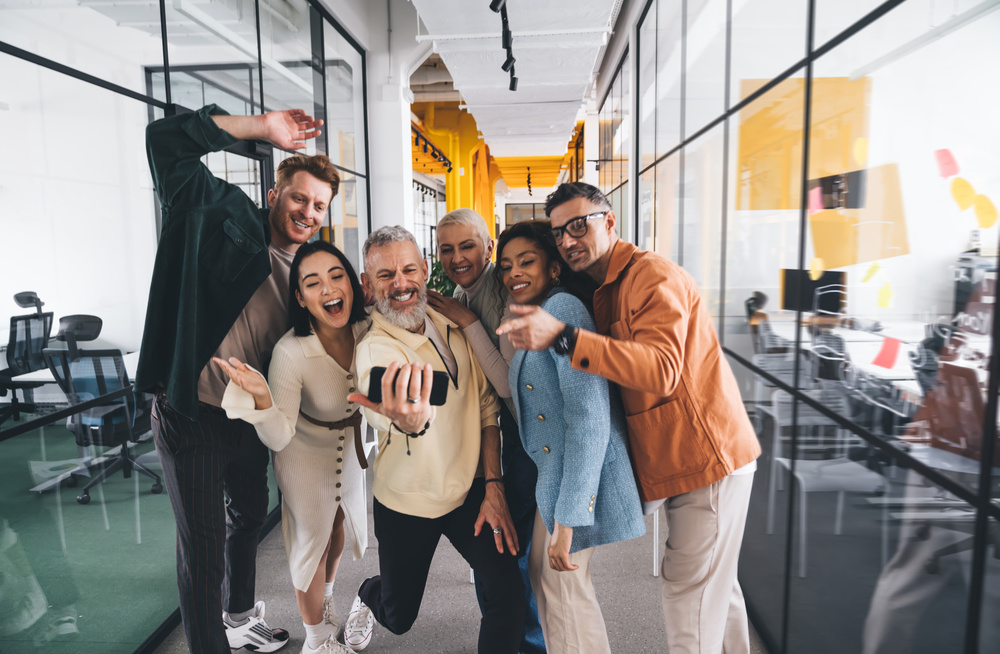This was a question Ocado Group has been grappling with, along with many other companies currently, deciding this summer the answer is to merge the two functions. Instead of having two separate teams – one focusing on culture and inclusion and the other focusing on health and wellbeing – the two have now been combined into the Global Team of Inclusion and Wellbeing.
Plamena Solakova, global inclusion specialist, took part in a roundtable discussion at MAD World Summit on this theme and touched on the reasons behind the move.
We caught up with her recently to ask more about the company’s rationale and journey.
Inclusion is the birthplace of wellbeing
“At Ocado Group, as my manager Arti Kashyap-Aynsley [global head of health & wellbeing at Ocado Group and global wellbeing advisory board member] says, we believe that inclusion is the birthplace of wellbeing. We know that when people feel more included at work, that their opinions are being sought actively, and they’re being respected, valued and included in decision making, that can then have a positive effect on their wellbeing at work. We believe that combining the work of our inclusion and wellbeing teams is a much more impactful strategic approach due to the interconnected discussions and solutions we can shape together.”
Ocado Group is comprised of multiple different businesses; one is Ocado Retail, the online super market, which is a joint venture with Marks and Spencer; another is Ocado Logistics which employs warehouse staff and drivers who physically deliver products to customers; and another is Ocado Technology where software engineers create innovative technology including robots to pick up the food and put it in bags, ready for delivery.
Different solutions for different employees
Consequently within logistics and the technology side there are two very different types of employee; on one hand the shift workers who work in the warehouses, deliver the food and manage large logistical operations; on the other hand the software engineers and technical experts who work to scale the business.
“Our solutions have to be very different from a wellbeing perspective, because our employees’ needs are different. From an inclusion point of view, the expectations of the different populations are different, too, and the make up of the demographic is also different,” explains Solakova.
This is why Ocado has not only merged diversity and inclusion with health and wellbeing but it has also dedicated specialist inclusion and wellbeing experts for each side of the business.
A more agile approach
Solakova works on the technology side as an inclusion subject matter expert, and she believes that the merit of bringing both specialisms together in the same team means that you have “dedicated experts in those worlds who work together to align and come up with better solutions for everyone”.
“I wouldn’t say I have all the answers on diversity and inclusion. But I do think health and wellbeing discussions can benefit from our contributions from an inclusion standpoint” she adds.
The intention is that this new approach will be more agile and able to make recommendations for different minority groups based on what people need, not a one-size-fits-all approach. It means, too, that there’s more alignment in internal and external communications and more efficiency.
Analysing intersection
One of the things Solakova sounds most excited about is the ability to analyse the intersectional nature of the working population to offer solutions that really resonate with specific groups. Ocado Group is able to track trends appearing in staff surveys and feedback, to analyse the data by demographic attributes, and see where different groups are facing challenges.
She gives the example of Black women and the menopause. “Research shows that Black women reach the menopause earlier than white women; they are also more likely to experience more intense symptoms and for longer. These different experiences need different solutions from a health and wellbeing perspective, and also from an inclusion perspective.”
Making campaigns more targeted
And she gives another example of the employees that work night shifts or who carry heavy boxes and bags; this could have an impact on both their physical health, their sleep and on their mental health.
The first campaign that will come out of this new arrangement, bringing together inclusion and wellbeing, is International Men’s Day and Men’s Health Awareness Month in November.
By honing in on specific groups and intersections using data, Ocado Group can also make campaigns and communications more targeted which, it is hoped, will make minority groups feel a greater sense of belonging.
“When you are in a minority group – whether that be in terms of gender, disability, race, etc – you’re already experiencing life differently day to day, and you may be carrying more pressure,” she says. “We want to ensure everybody feels supported and valued, and that they belong to their team or organisation.”
You might also be interested in:
Collaboration: one of the hottest topics at MAD World Summit


